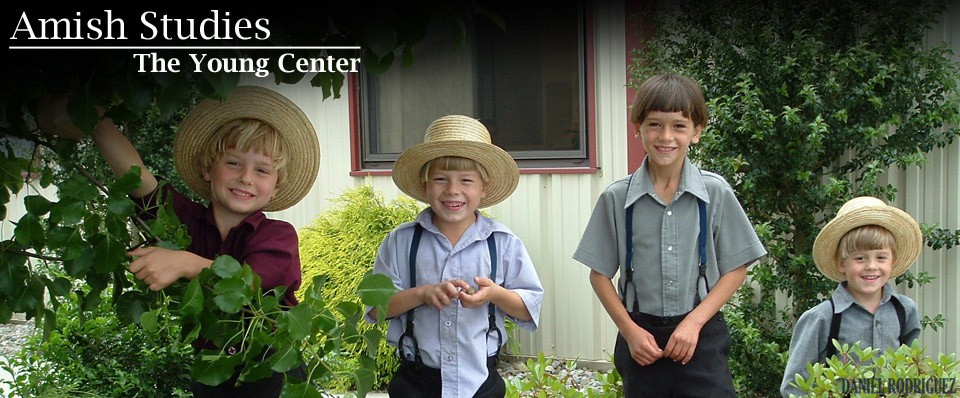Rumspringa


 In many communities, Rumspringa is a period when some Amish youth, boys more than girls, experience greater freedom. They are no longer under the control of their parents on weekends and, because they are not baptized, they are not yet under the authority of the church. During this time, many Amish youth adhere to traditional Amish behavior. Others experiment with “worldly” activities—buying a car, going to movies, wearing non-Amish clothes, buying a television. In larger Amish settlements, an adolescent’s behavior often depends on the peer group he or she chooses to join. Amish parents may worry about which group their child will join because the choice will influence the teen’s behavior.
In many communities, Rumspringa is a period when some Amish youth, boys more than girls, experience greater freedom. They are no longer under the control of their parents on weekends and, because they are not baptized, they are not yet under the authority of the church. During this time, many Amish youth adhere to traditional Amish behavior. Others experiment with “worldly” activities—buying a car, going to movies, wearing non-Amish clothes, buying a television. In larger Amish settlements, an adolescent’s behavior often depends on the peer group he or she chooses to join. Amish parents may worry about which group their child will join because the choice will influence the teen’s behavior.
Traditional youth activities include volleyball, swimming, ice skating, picnics, hiking, and large outdoor “supper” parties. The most typical gatherings are “singings.” Groups meet in a home and sing German hymns and English gospel songs for several hours and then enjoy a time of conversation and food. The more rebellious groups sometimes drive cars, rent buildings for parties, or go to bars and nightclubs in nearby towns.
A fling with worldliness reminds Amish youth that they have a choice regarding church membership; however, most of the forces of Amish life funnel them toward church membership. Knowing they have a choice likely strengthens their willingness to obey church standards and, in the long run, the authority of the church itself.
The practice of Rumspringa varies greatly from community to community. Some church districts provide adult supervision, but others do not. Rumspringa as a wild rebellious experience is virtually unknown in some smaller settlements and in certain affiliations. In fact, the practice is suppressed among some Amish subgroups, including many New Order groups.
Additional information
- See chapter 12, “From Rumspringa to Marriage,” in Donald B. Kraybill, Karen M. Johnson-Weiner, and Steven M. Nolt, The Amish (Baltimore: Johns Hopkins University Press, 2013).
- Richard A. Stevick, Growing Up Amish: The Rumspringa Years. 2nd ed. (Baltimore: Johns Hopkins University Press, 2014).
- The Amish Youth Vision Project works to lower alcohol and drug use among Old Order Amish youth and to strengthen family support systems by creating an intervention program for these risk behaviors. The initiation and planning of the program includes Amish input, and the Amish community holds primary responsibility for the program’s introduction and maintenance.
